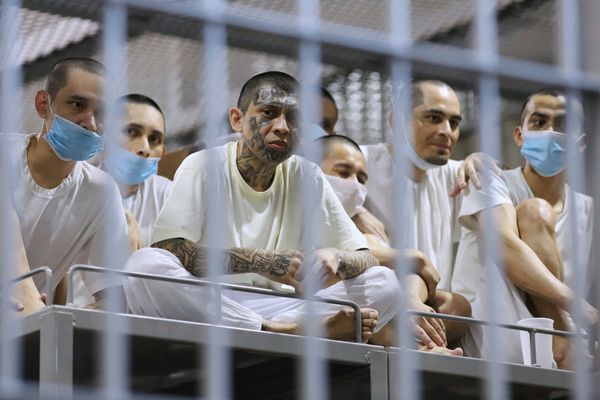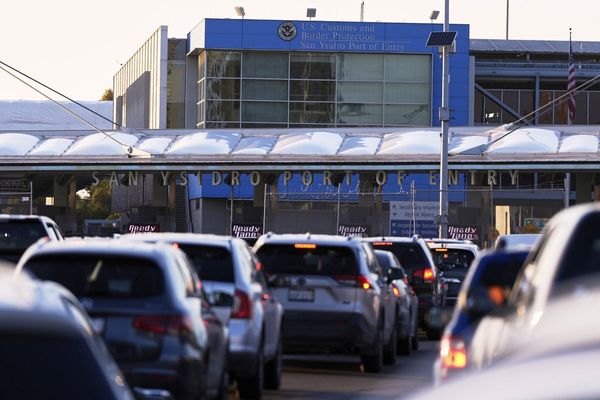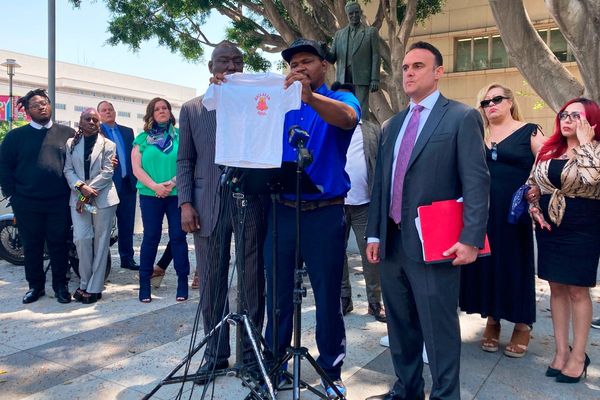
The dollar index (DXY00) Wednesday fell by -0.42% and posted a 1-1/2 week low. The dollar is under pressure because of concerns that US tariffs will start a trade war that derails the economy. Also, a recovery in stock prices on Wednesday reduced liquidity demand for the dollar. Losses in the dollar were limited after the US Mar ADP employment and Feb factory orders reports rose more than expected, which is a hawkish factor for Fed policy.
The US Mar ADP employment change rose +155,000, stronger than expectations of +120,000.
US Feb factory orders rose +0.6% m/m, stronger than expectations of +0.5% m/m.
Market attention this week will include Thursday’s March ISM services index (expected to fall -0.5 to 53.0), and on Friday, March nonfarm payrolls are expected to increase by +138,000, and the March unemployment rate is expected to be unchanged at 4.1%. Also, March average hourly earnings are expected to be +0.3% m/m and +4.0% y/y, unchanged from February. Finally, on Friday, Fed Chair Powell is scheduled to speak to the Society for Advancing Business Editing and Writing Conference on the economic outlook.
The markets are discounting the chances at 14% for a -25 bp rate cut after the May 6-7 FOMC meeting.
EUR/USD (^EURUSD) Wednesday rose by +0.54% and posted a 1-1/2 week high. The euro moved moderately higher on Wednesday as dollar weakness sparked some short covering in the euro. Gains in the euro accelerated due to hawkish comments from ECB Governing Council member Holzmann, who said he was against an ECB interest rate cut at the April 17 policy meeting.
Limiting gains in the euro is the concern that US tariffs will ignite a trade war that derails the global economy. Also, lower German bund yields today have weakened the euro’s interest rate differentials after the 10-year German bund yields fell to a 4-week low.
ECB Governing Council member Holzmann said he’s against an ECB interest rate cut at this month’s policy meeting, “as we are neutral and inflation is converging to target, there is no reason to become accommodative.”
Swaps are discounting the chances at 74% for a -25 bp rate cut by the ECB at the April 17 policy meeting.
USD/JPY (^USDJPY) Wednesday rose by +0.23%. The yen on Wednesday gave up an early advance and turned lower after T-note yields erased an early decline and moved higher, sparking long liquidation in the yen. The yen was also under pressure due to a fall in Japanese government bond yields after the 10-year JGB bond yield today fell to a 4-week low, weakening the yen’s interest rate differentials.
June gold (GCM25) Wednesday closed up +20.20 (+0.64%), and May silver (SIK25) closed up +0.341 (+0.99%). Precious metals settled moderately higher on Wednesday, with June gold posting a contract high. Wednesday’s fall in the dollar index to a 1-1/2 week low is bullish for metals. Also, trade war concerns continue to fuel safe-haven demand for precious metals ahead of President Trump’s announcement on new reciprocal tariffs later Wednesday. In addition, geopolitical risks in the Middle East are boosting safe-haven demand for precious metals as Israel continues airstrikes across Gaza, ending a two-month ceasefire with Hamas, and as the US continues to launch strikes on Yemen’s Houthi rebels. Fund buying of gold supports prices after long gold positions in ETFs rose to a 1-1/2 year high Tuesday. Silver also has support on concern about retaliatory tariffs on silver exports from Canada and Mexico, where the US gets 70% of its silver.
Falling inflation expectations are bearish for gold as they curb demand for gold as an inflation hedge after the US 10-year breakeven inflation rate Wednesday fell to a 1-1/2 week low. Also, hawkish comments Wednesday from ECB Governing Council member Holzmann were bearish for precious metals when he said he was against an ECB interest rate cut at this month’s policy meeting. Silver prices are also undercut by concerns that US tariffs will lead to a trade war that derails economic growth and industrial metals demand.







